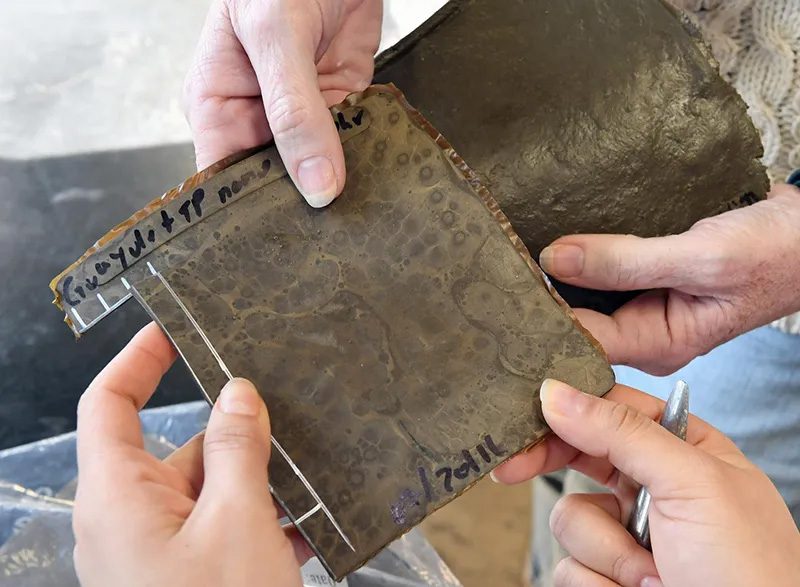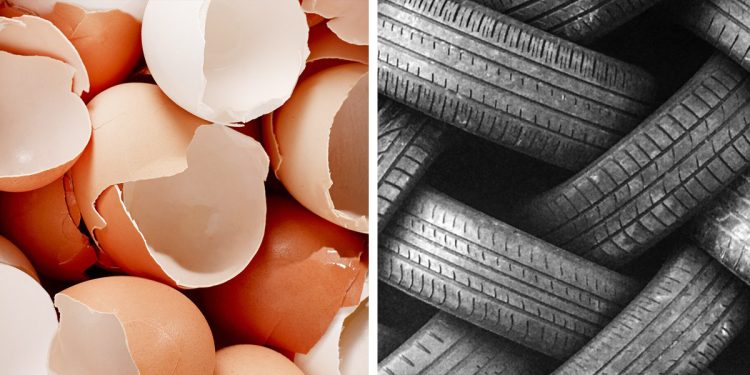Tyres made from eggshells?
Words NZ Autocar | Images EcoWatch, Smithsonian Magazine
Seriously? Why yes, if Stellantis has its way. The company is investigating whether a process for incorporating them (and other biowaste, like tomato peels), into tyres is viable. It’s all part of further lowering its overall environmental impact.

The patent filing was actually submitted in 2023. In it the automaker outlines the use of eggshells as a replacement for two common filler materials in tyres: carbon black and silica.
As tyres degrade with use, both carbon black and silica are released into the air as dust. This is a significant source of particulate emissions. Stellantis believes these fillers can be replaced by calcium oxide (CaO) derived from eggshells.
Regular egg shells are almost entirely composed of calcium carbonate (CaCO3). CaO may be extracted using a calcination process. The shells soften with acetone treatment and then superheating causes the shells to decompose.
Read here about which axle gets two new tyres.
That releases carbon dioxide (CO2), and evidently leaves behind CaO as a white solid. It is subsequently milled to the form factor of carbon black or silica tyre filler material. Then it is mixed in with rubbers and other materials to form a tyre compound.
Whether or not this proves commercially viable is unclear. But tyre manufacturers have been working tirelessly (sorry) to add more sustainable materials. And that is considered crucial in further lowering the environmental impact of driving. As tailpipe emissions continue to diminish with increased EV adoption and improving ICE efficiency, the next source of pollution that needs attention is pollution from tyre and brake lining degradation.
Bridgestone is already producing tyres that use 55 per cent recycled and renewable materials. It is also incorporating natural rubber from a desert shrub into IndyCar racing tires. Michelin and Goodyear are also developing tyres with fewer petroleum-based materials.





